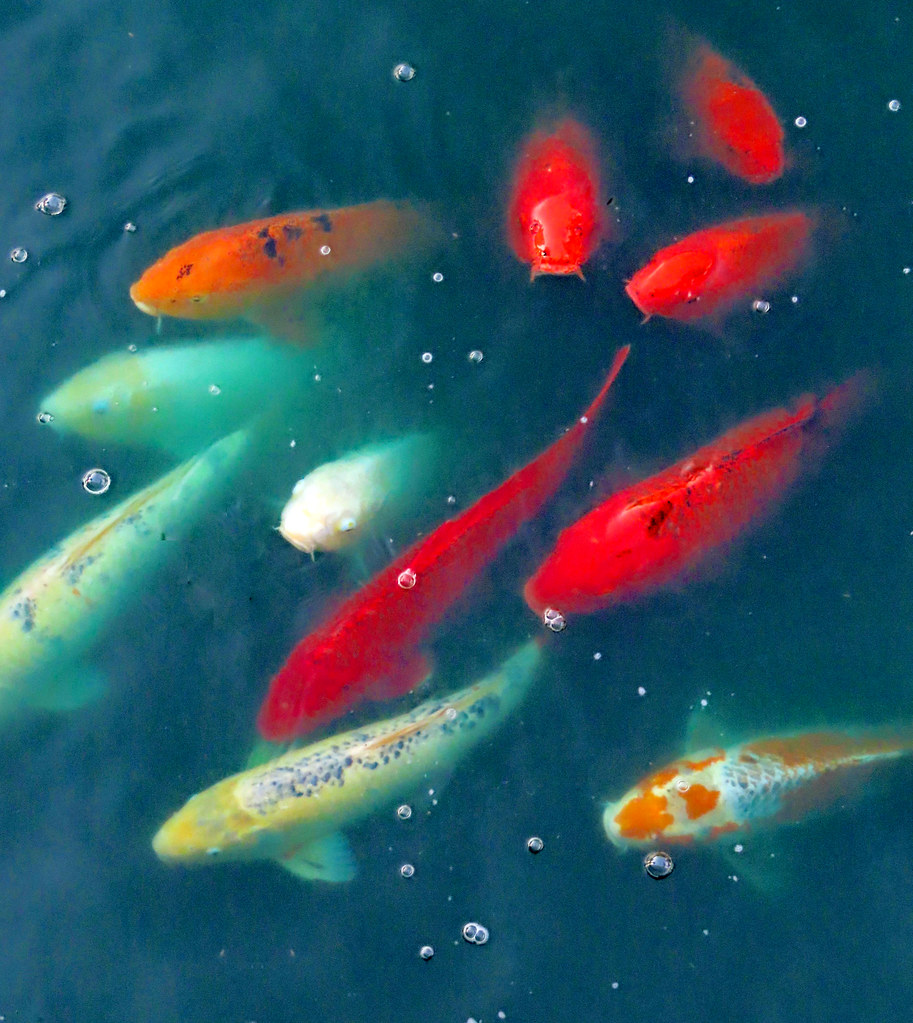
Have you ever wondered just how big koi fish can get? These serene, colorful inhabitants of garden ponds can grow to astounding sizes under the right conditions. Let’s dive into what factors play a role in transforming these tiny fry into the impressive giants swimming gracefully through the water.
How Big Can Koi Fish Grow?
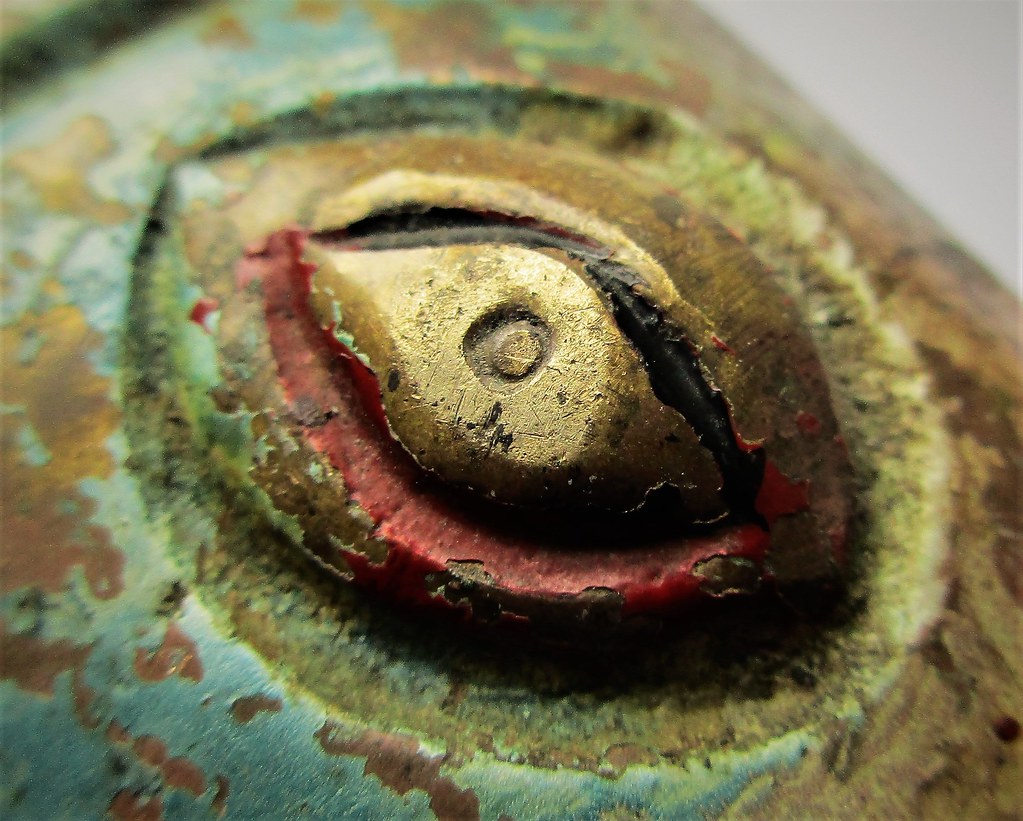
Koi fish, originally bred from the common carp, are renowned for their vibrant colors and distinctive patterns. In optimal conditions, these beauties can stretch up to three feet long and weigh as much as a small dog! However, not all koi achieve such grandiose sizes. Typically, domestic koi reach about 12-15 inches, while their Japanese counterparts grow larger at 22-26 inches. Jumbo koi, on the other hand, can reach a whopping 36 inches, or 3 feet.
According to this guide on koi fish size, these fish can even grow up to 100 cm (or about 3.3 feet) under optimal conditions. Breeding plays a critical role too. With selective breeding focusing on size and form, Japanese koi have grown to sizes that are nothing short of spectacular, making koi ponds not only a hobby but a display of living art.
What Influences Koi Fish Growth?
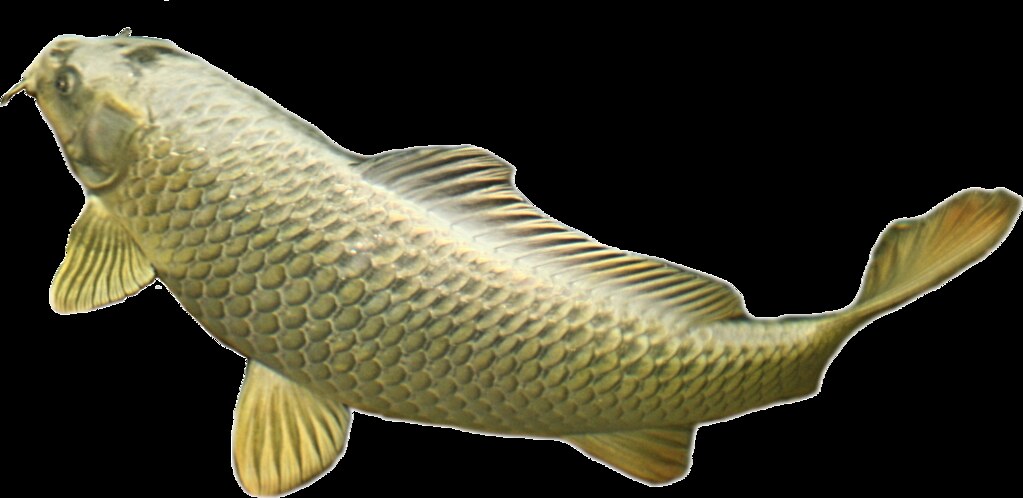
Several factors are instrumental in the growth potential of koi fish. Let’s examine what contributes to turning these fish into large, elegant creatures.
1. Genetics: The lineage of a koi is a major determinant of its size. Larger parents usually produce offspring with the potential for larger sizes.
2. Pond Environment:
- Size Matters: A mature koi needs ample space. Generally, at least 1,000 gallons of water and a pond depth of three feet are ideal for fostering healthy growth.
- Water Quality: Regularly monitor and maintain clean water with stable pH levels (7.0-8.6). This ensures a stress-free environment conducive to growth.
3. Temperature: Koi thrive in water that maintains a temperature of 68 to 75°F. Colder or inconsistent temperatures can slow down their metabolism and growth rate.
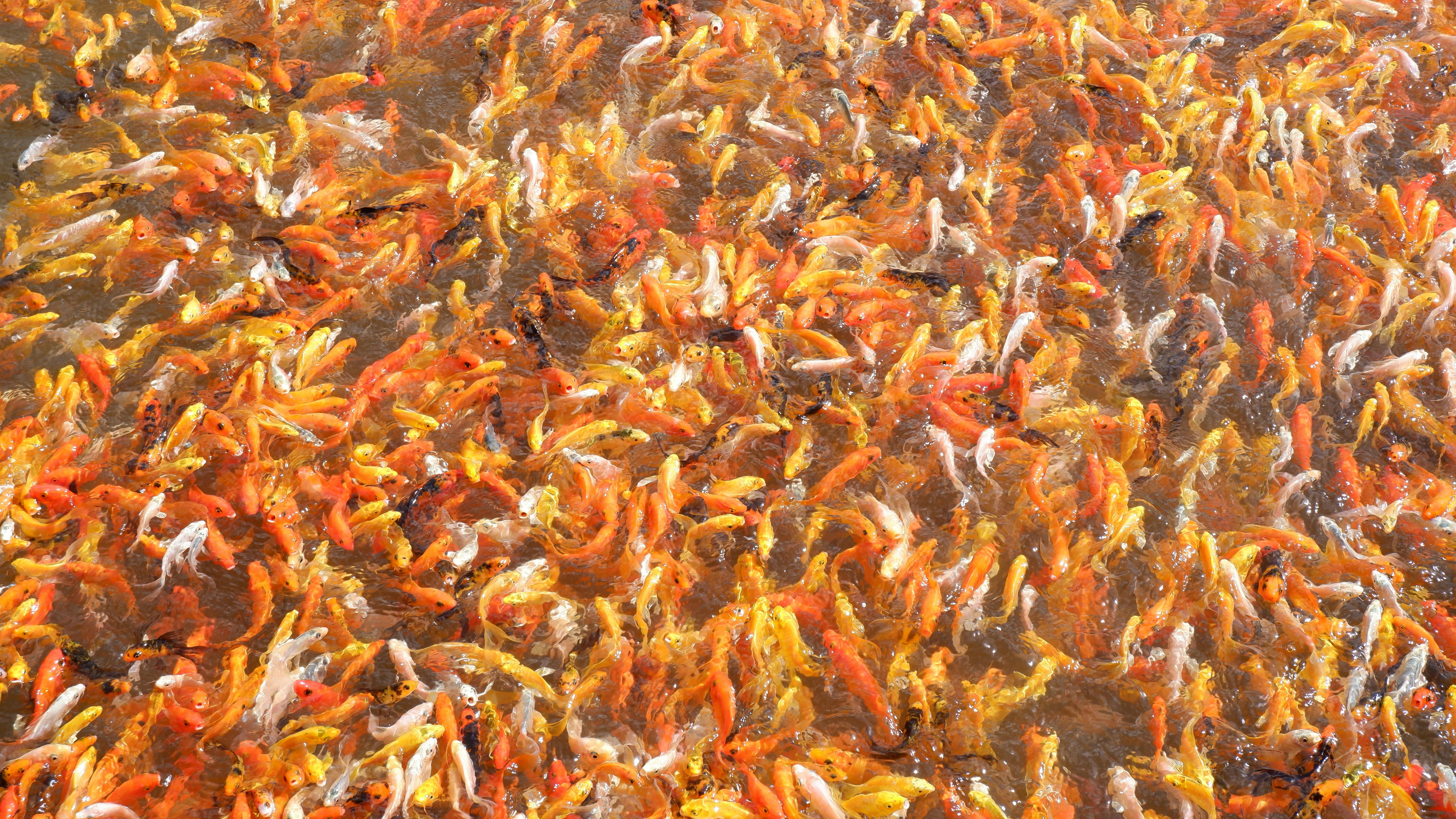
4. Nutrition: A balanced diet with high protein content is essential. Not only does it promote growth, but it also enhances coloration, making them more vibrant and striking.
5. Age: Young koi grow quickly but taper off as they age. Methuselah koi, so to speak, will continue to grow long after their smaller peers have stopped.
Studies have shown that fish density affects growth ratios, meaning that overcrowding in ponds can hinder koi from reaching their full potential size.
A Glimpse Into Notable Sizes
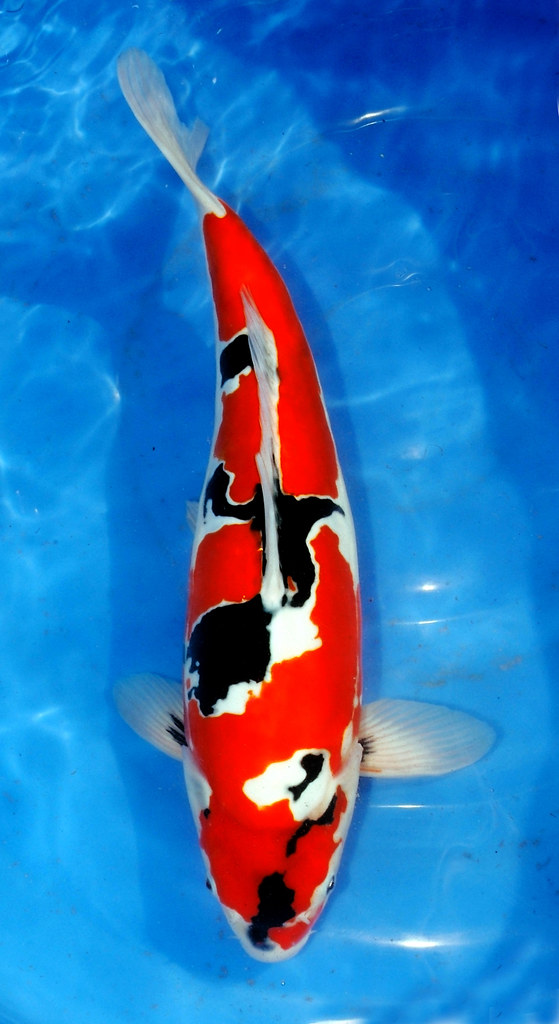
For the competitive koi enthusiast, size often represents success. Competitions have showcased koi reaching far beyond average sizes, earning them titles and accolades. The title of the largest koi fish is held by "Big Girl," a koi measuring an incredible 4.1 feet, emphasizing that with the right care, koi can achieve extraordinary sizes.
| Koi Type | Average Length | Max Potential Size |
|---|---|---|
| Domestic Koi | 12-15 inches | 26 inches |
| Japanese Koi | 22-26 inches | 36 inches |
| Jumbo Koi | Up to 36 inches | Beyond 36 inches |
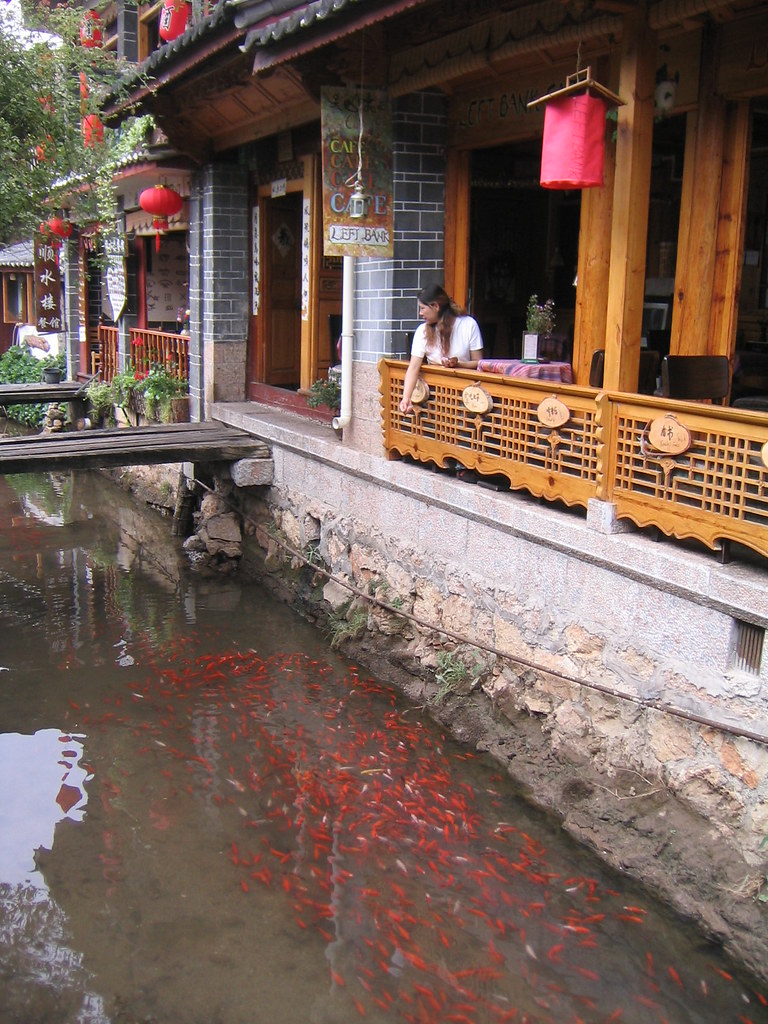
Bringing It All Home
Creating an environment where koi can reach their full size potential involves a symbiotic mix of space, water quality, genetics, and nutrition. If you’re a koi enthusiast or pondering starting your own pond, the journey of watching koi transition from tiny fry to bountiful beauties can be incredibly rewarding.
For more detailed insights, you can also explore this study, which highlights key aquatic growth measurements, including how koi can potentially reach impressive lengths.
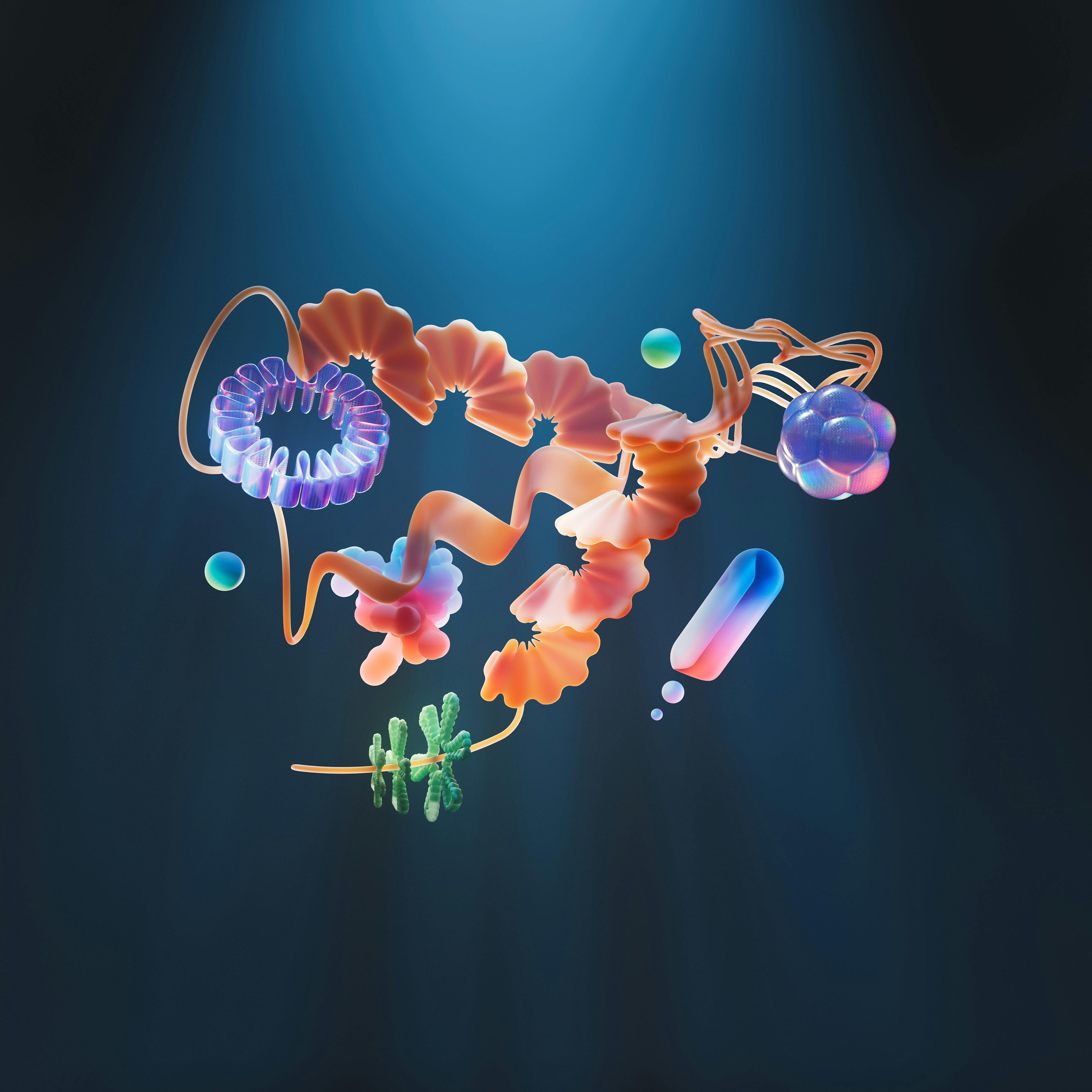
Now, I’d love to hear from you! What measures have you taken to ensure your koi thrive, or what questions do you have about starting your own collection? Share your thoughts and even some pictures if you can in the comments below!
Frequently Asked Questions
How big can koi fish get?
Most domestic koi typically grow to about 12 to 15 inches. Japanese koi are often larger, growing around 22 to 26 inches. Jumbo koi can reach an impressive size of 34 to 36 inches, with the largest known koi measuring 38 inches. Proper care and a suitable pond environment are crucial for optimal growth.
What is the biggest koi fish?
The largest recorded koi fish measured an astounding 38 inches in length. However, jumbo koi, by definition, are any koi that exceed 24 inches. With good care, some koi can grow even bigger in the future.
Does the pond size impact koi fish growth?
Pond size does not directly limit koi fish growth, but a spacious and well-maintained pond provides better conditions for koi to thrive. Ample space, clean water, and a balanced diet promote their maximum growth potential.
How long does it take for koi fish to reach full size?
Koi fish typically take about 3 to 4 years to reach their full size, depending on genetics, diet, and living conditions. Jumbo koi might take longer, as their growth is more gradual over time.
What should I feed my koi to help them grow big?
To encourage growth, feed your koi a high-quality diet rich in protein and vitamins. Look for specialized koi growth food and include occasional treats like worms or shrimp to supplement their diet. Consistent feeding routines also support healthy growth.
As we wrap up our exploration of how big koi fish can grow, I hope you've found it as fascinating as I have! The journey of these beautiful creatures from tiny fry to majestic giants is truly awe-inspiring. If you're as captivated by these colorful fish as I am and want to dive deeper into the world of koi and other aquarium wonders, be sure to follow our adventures on Pinterest. For daily inspiration, beautiful photos, and even more tips, check us out on Instagram and X (formerly Twitter). Additionally, we love hearing stories from fellow koi enthusiasts, so pop over to our Facebook page to share your own koi tales or ask any questions you might have. Until next time, keep your ponds clean and your koi happy!
